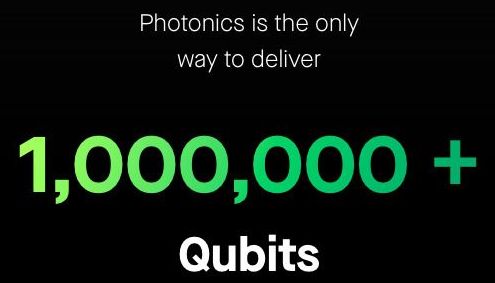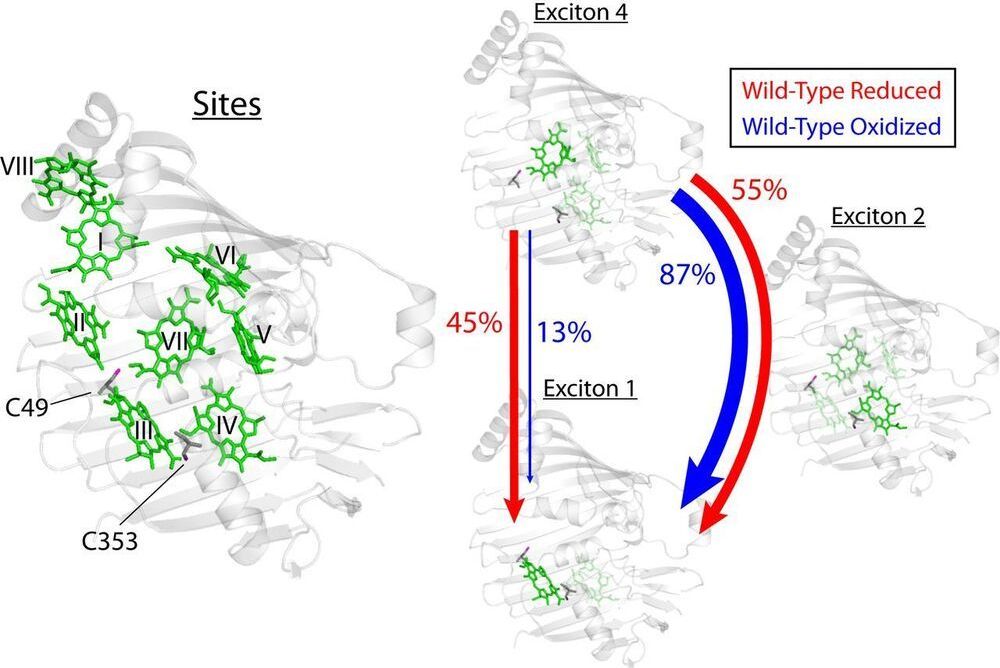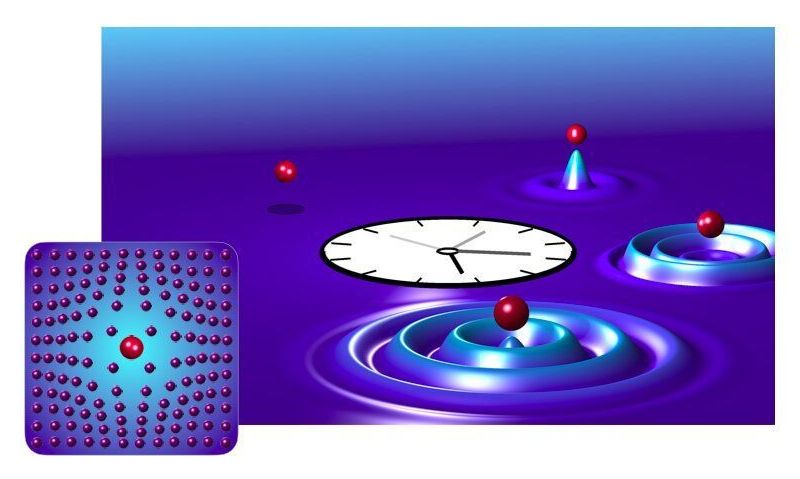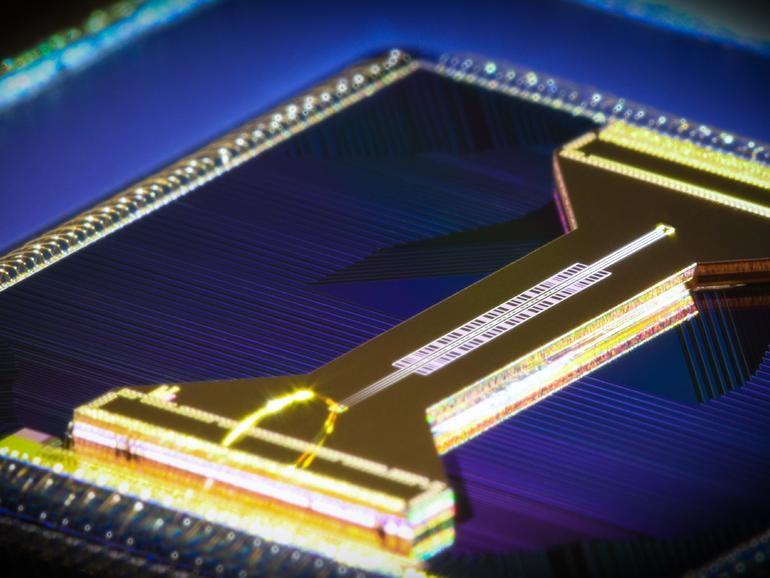When physicists need to understand the quantum mechanics that describe how atomic clocks work, how your magnet sticks to your refrigerator or how particles flow through a superconductor, they use quantum field theories.
When they work through problems in quantum field theories, they do so in “imaginary” time, then map those simulations into real quantities. But traditionally, these simulations nearly always include uncertainties or unknown factors that could cause equation results to be “off.” So, when physicists interpret their simulation results into real quantities, these uncertainties amplify exponentially, making it difficult to have confidence that their results are as accurate as necessary.
Now, a pair of University of Michigan physicists have discovered that a set of functions called the Nevanlinna functions can tighten the interpretation step, showing that physicists may be able to overcome one of the major limitations of modern quantum simulation. The work, published in Physical Review Letters, was led by U-M physics undergraduate student Jiani Fei.








